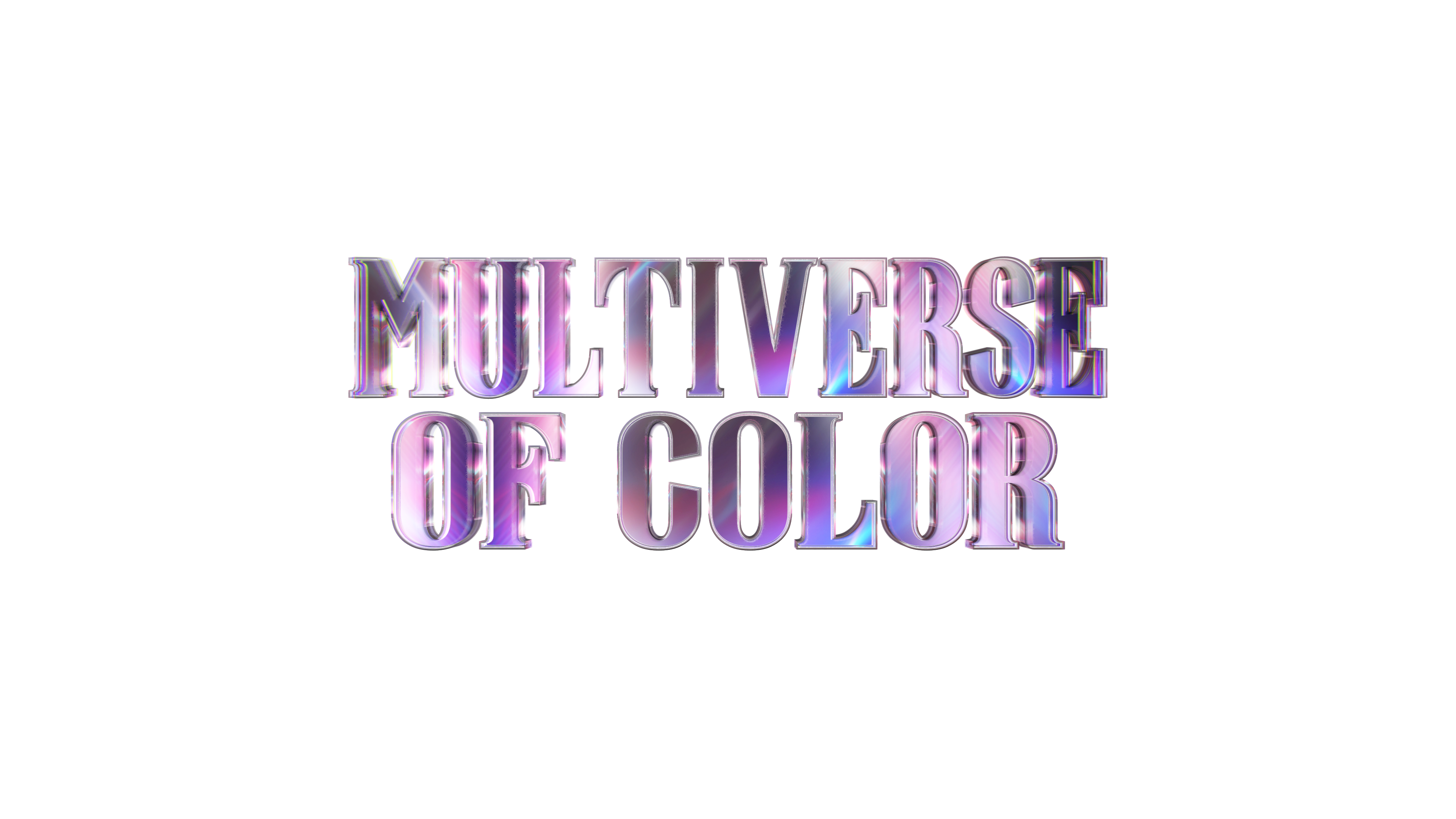Terry McGinnis has always felt like one of us. As the future Batman of Neo-Gotham on the Batman Beyond television show, Terry was the successor to an aging Bruce Wayne’s legacy. He was hip, outspoken, angsty, and had the best version of the Batsuit – he was everything I wanted to become when I was a kid. But aside from Terry’s life as Batman, he was significant because I thought he was Asian, just like me. Sure, he has an Irish last name, but so did I.
Years ago, after finding out that Terry is supposed to be white, I asked my friends and family if they, too, thought he was Asian. My sibling agreed that he had “mixed people energy,” jokingly referring to the angst that we experienced as kids from being mixed Asians. My friends thought the same, especially given that he had a Chinese American girlfriend, Dana Tan, and that Neo-Gotham had several buildings with signs written in kanji. The opening credits of Batman Beyond even includes one of those buildings, so my view of Terry didn’t come from nothing.

Additionally, Batman Beyond first came out in 1999, the same year that The Matrix was released. The connection I felt to Terry was the same uncanny feeling I had while watching Keanu Reeves as Neo: a vague sense of “me” that I had never experienced before with a piece of media. My response to The Matrix isn’t surprising, given that Keanu Reeves, like me, is Chinese, Pacific Islander, and European. I began to feel less alone in the world, even if I couldn’t articulate exactly why.
Aside from Terry’s appearance, with his straight black hair, he felt personal to me because of the particular struggles he had as Batman. His life was split between being Terry McGinnis, and fighting crime as a costumed figure, whose entire face was hidden from the public behind a mask. He was one kid with two different identities, which weren’t always in concert with each other. While being multiracial isn’t a source of existential angst for me now as an adult, it certainly was when I was younger. I understood that there was a separation between my Cantonese home life, and my life at school and in public. Terry demonstrated a type of hybridity that made me feel safe and recognized.
Batman Beyond Spoke To My Experiences As A Mixed Race Asian American

Moreover, Batman Beyond was a wildly different show from anything else that was airing at the time. Unlike other DC animated shows, it wasn’t set in a film noir-inspired past, or even the present. Because it was set in the future, there were no limits for what society had to look like. Its entirely novel aesthetic and diverse cast of characters filled me with a sense of possibility that even a guy such as myself could be Batman, too. After all, anyone could be under the mask, an idea that Miles Morales in Spider-Man: Into the Spider-Verse wonderfully embodies.
Terry McGinnis was never interested in fitting the Batman mold exactly like Bruce Wayne. This is why he will always be an iconic Asian character to me, even if he was intended to be white. His unapologetic sense of self was important, calling into question why I felt like I needed to tone down what made me “different” instead of lean into it. Now, in the Batman: White Knight alternate universe, Terry McGinnis is half Japanese, an element in the Batman: Beyond the White Knight series by Sean Gordon Murphy. Murphy also interpreted Terry as being mixed Asian while watching Batman Beyond. And while the events of Batman: Beyond the White Knight aren’t canon to the main DC Comics universe, it’s immensely satisfying that there is one corner where Terry is recognized as the mixed icon that he is.


